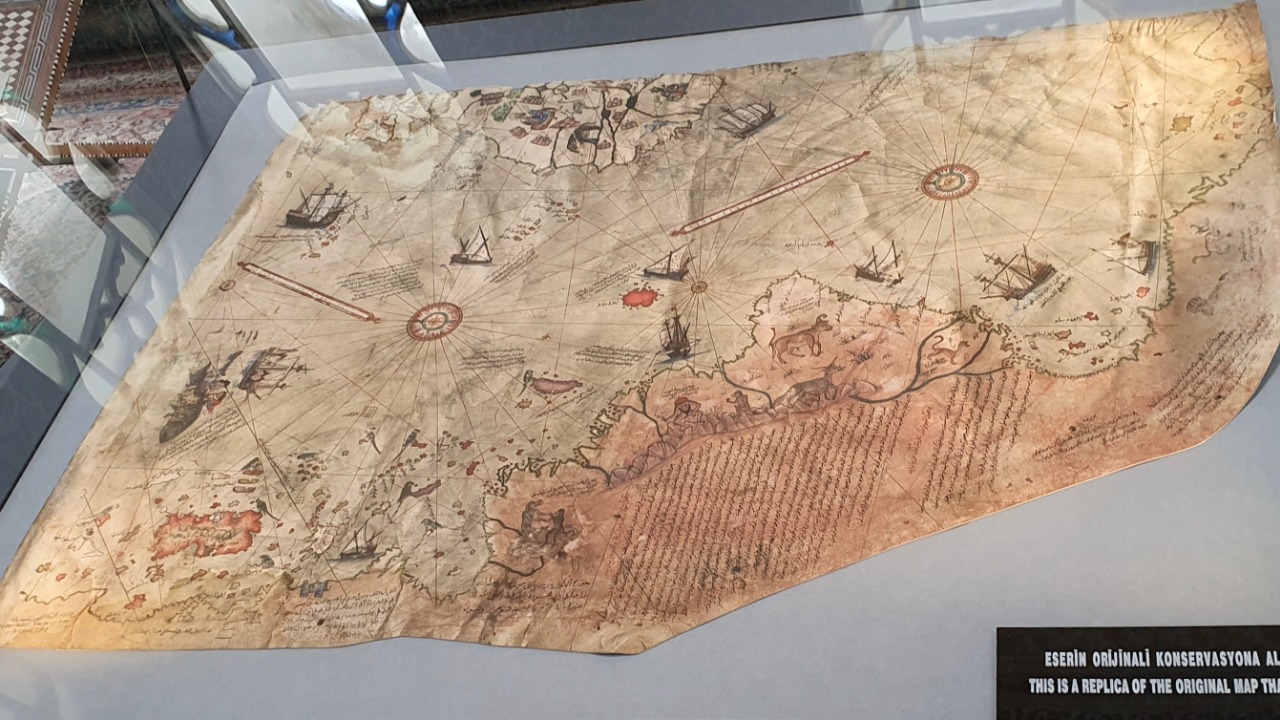
The mystery of ice-free Antarctica has intrigued scholars and enthusiasts alike, with ancient maps suggesting a time when the continent was free of ice. These maps, such as the Piri Reis map, have fueled debates over historical cartography and the possibility of advanced ancient civilizations. This article delves into the enigmatic world of these ancient maps and what they might reveal about Earth’s distant past.
The Enigma of the Piri Reis Map
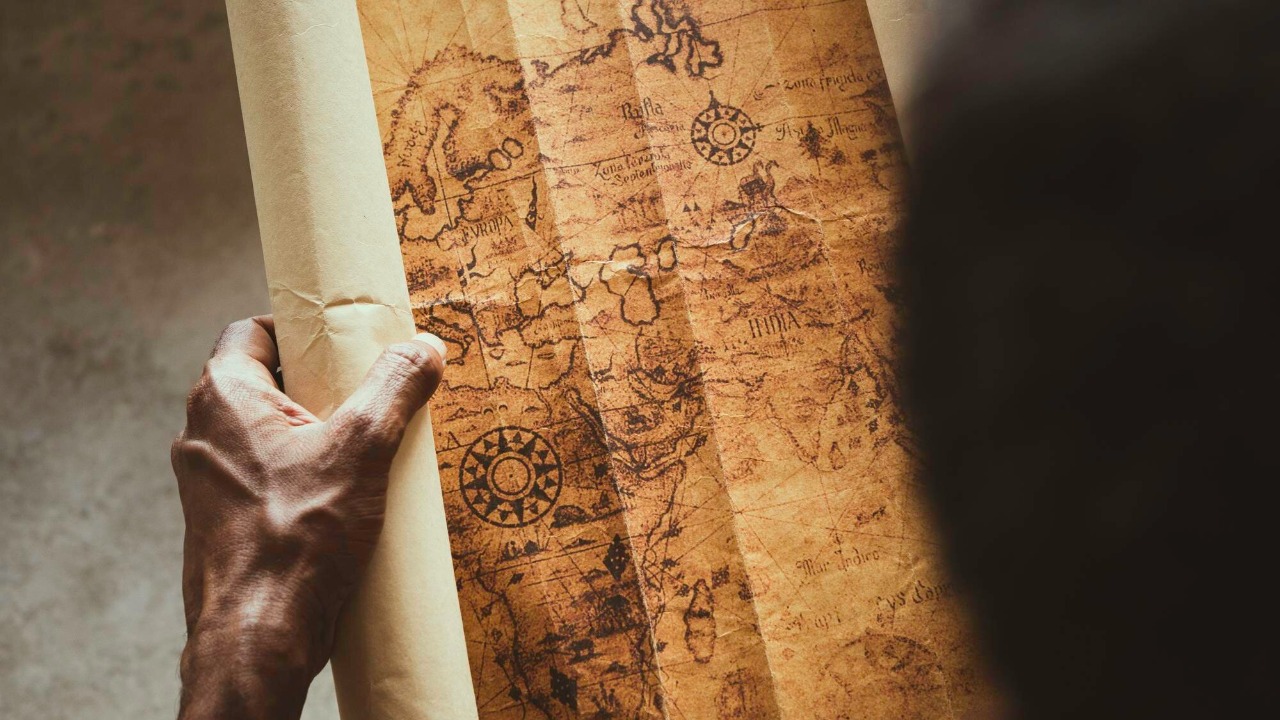
The Piri Reis map, a world map compiled in 1513 by the Ottoman admiral and cartographer Piri Reis, has long fascinated historians and geographers. Its origins are traced back to a compilation of maps and charts that Reis claimed to have sourced from ancient Greek and Roman documents. What sets this map apart is its depiction of a part of the world that was largely unknown to Europeans at the time: the coastline of Antarctica. The map intriguingly shows a section of what some believe to be the Antarctic coast, free from ice.
This depiction has sparked intense debate and speculation. Skeptics argue that the map is merely a misinterpretation or an amalgamation of the South American coastline. However, proponents of the map’s accuracy suggest that it may indicate a historical knowledge of an ice-free Antarctica, potentially dating back to a time when the continent was indeed free of ice. This has led to theories about advanced ancient civilizations possessing the capability to explore and map regions that were beyond the reach of contemporary societies.
Historical Context and Cartographic Anomalies
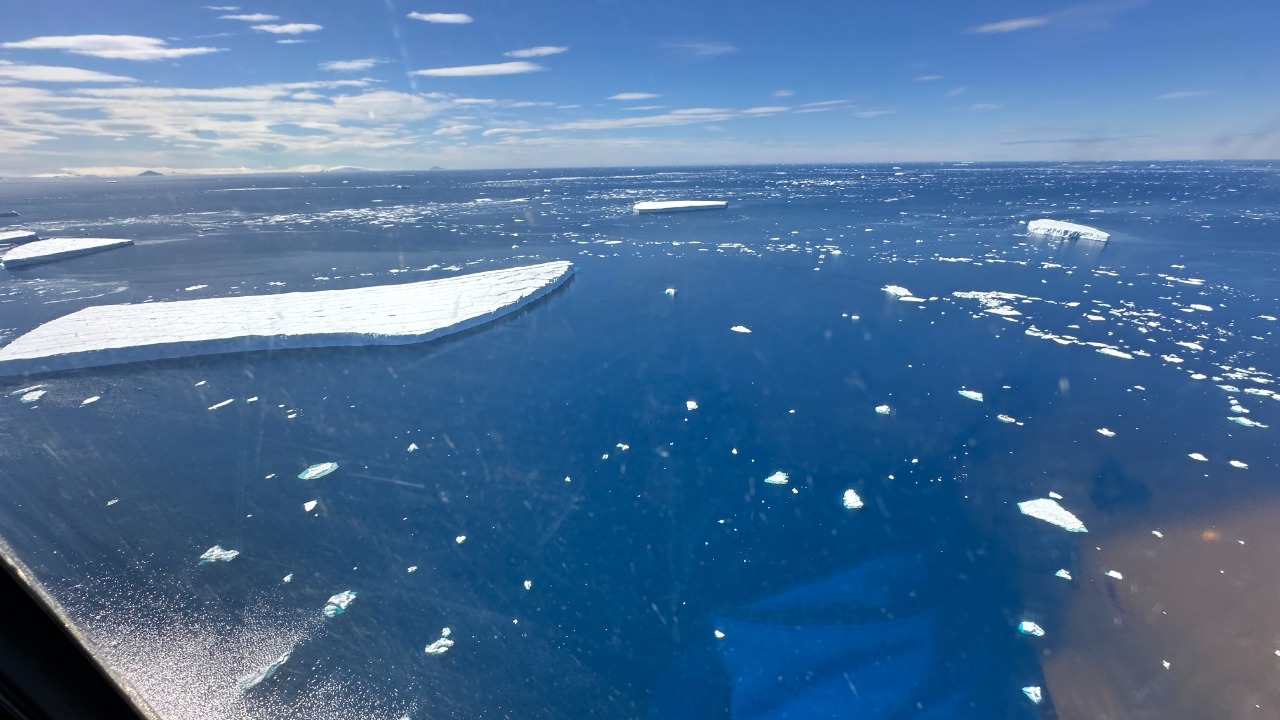
Beyond the Piri Reis map, other ancient maps and documents hint at the possibility of an ice-free Antarctica. For instance, the Orontius Finaeus map of 1531 also depicts the Antarctic continent with surprising accuracy for its time. These documents challenge our understanding of cartographic knowledge available to ancient civilizations. The ability to map such distant lands raises questions about the historical capabilities of these societies and their potential contact with regions previously thought to be unexplored.
Ancient cartographers employed various techniques, such as dead reckoning and celestial navigation, which were advanced for their time. However, the precision required to map a continent like Antarctica suggests knowledge that seemingly contradicts the technological limits of these ancient cultures. These anomalies suggest a possible revision of our understanding of prehistory, where civilizations may have been more advanced or had access to knowledge that has since been lost.
Scientific and Geological Evidence
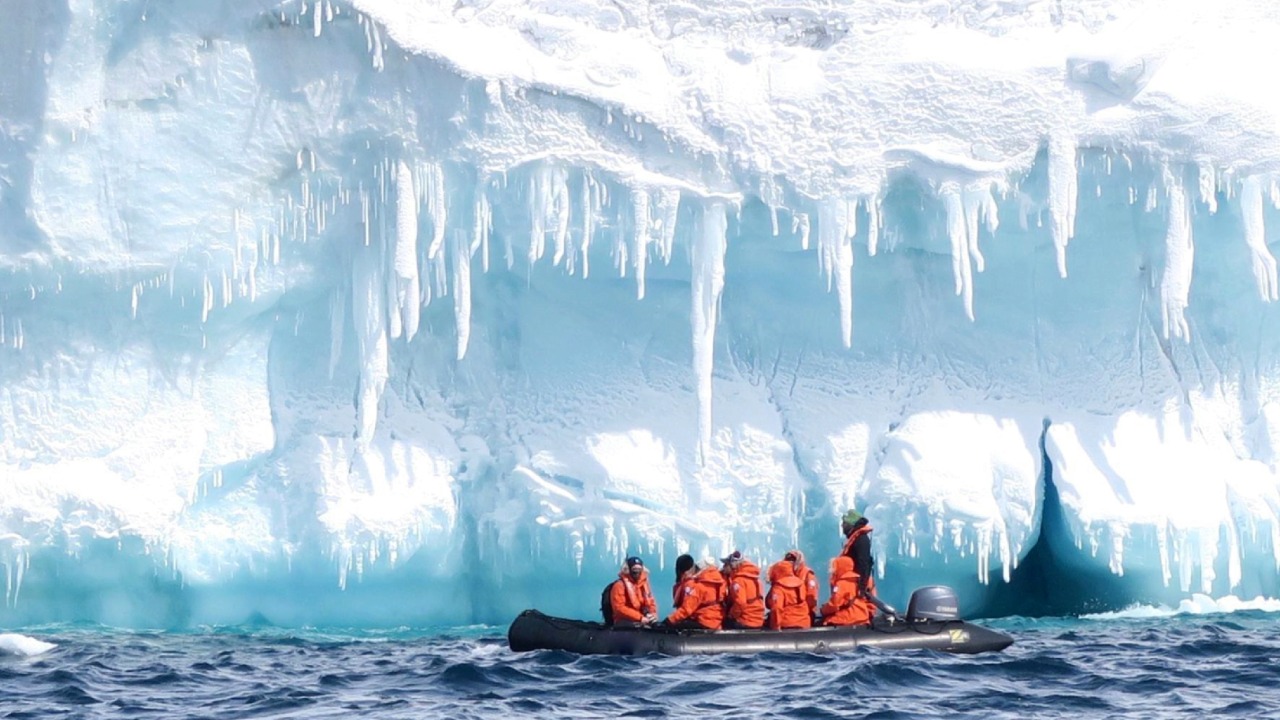
Geological studies provide intriguing evidence supporting the notion of an ice-free Antarctica in the distant past. Research indicates that during certain periods in Earth’s history, such as the Eocene epoch around 34 million years ago, Antarctica may have experienced significantly warmer climates. This points to the possibility of ice-free conditions, aligning with the depictions found in ancient maps.
The role of climate change and tectonic shifts is crucial in understanding Antarctica’s history. As the Earth’s climate has shifted over millions of years, ice sheets have advanced and retreated, reshaping the continent’s landscape. These geological processes could potentially explain how ancient civilizations might have mapped an ice-free Antarctica. The correlation between scientific findings and ancient maps provides an intriguing intersection of historical and geological research, encouraging a reevaluation of what we know about our planet’s past.
Controversies and Alternative Theories
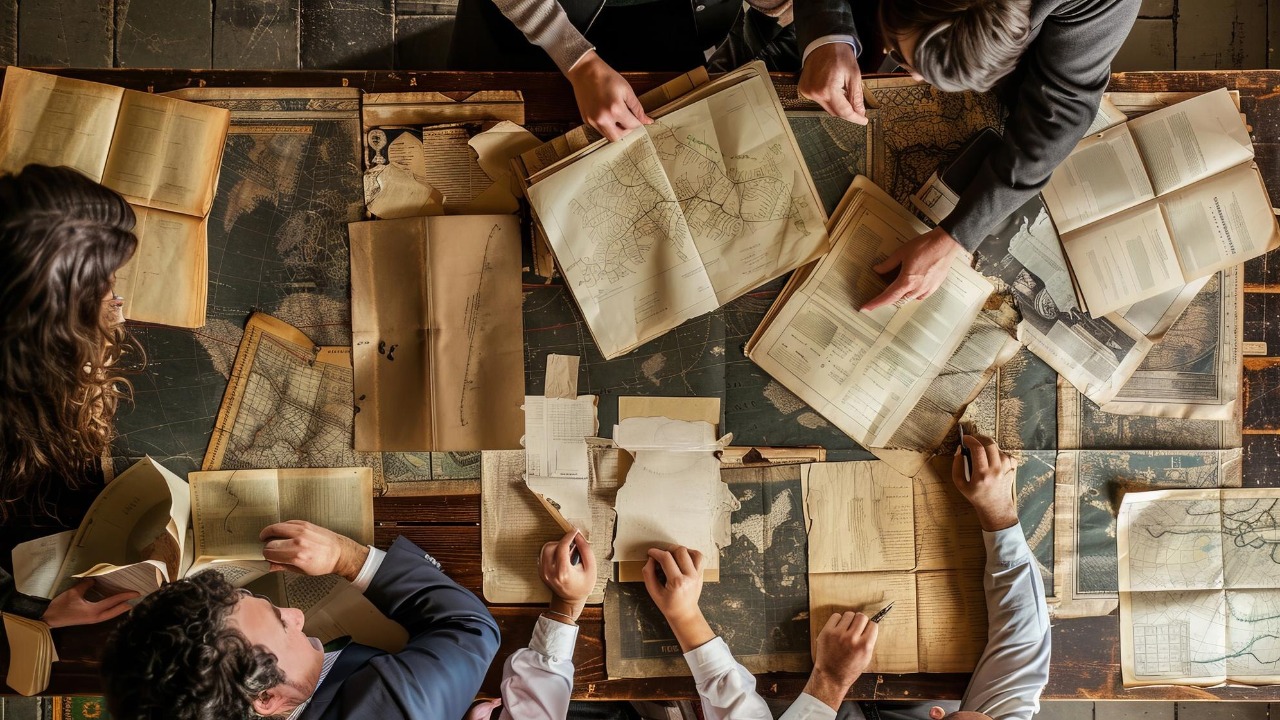
Despite the fascinating connections between ancient maps and geological evidence, there is significant skepticism within the academic community. Critics argue that the maps’ depictions are coincidental or misinterpretations, rather than evidence of advanced ancient knowledge. This skepticism is rooted in the current understanding of both historical cartography and the scientific limitations of ancient civilizations.
However, alternative theories abound, suggesting the existence of lost civilizations with advanced knowledge, capable of precise cartographic endeavors. These theories, while speculative, capture the public imagination and challenge conventional narratives. The idea of advanced prehistoric knowledge raises questions about the potential for forgotten chapters in human history, inviting further exploration and debate within both academic and public spheres.
Impact on Modern Understanding of History

Ancient maps have undeniably influenced historical narratives and public perception, challenging traditional views of history and our understanding of ancient civilizations. They have inspired ongoing research and technological advancements in the study of historical cartography, prompting scholars to reexamine the capabilities and knowledge of ancient societies.
Modern technologies, such as satellite imaging and geophysical surveys, continue to shed light on these ancient mysteries, providing new insights into the historical accuracy of these maps. The broader implications for understanding human history are profound, as they encourage a reevaluation of the narratives that have shaped our perception of the past. The potential existence of advanced ancient civilizations, capable of mapping regions like Antarctica, invites us to reconsider the complexity and sophistication of human history.
As research continues, the enigmatic allure of ancient maps depicting an ice-free Antarctica persists, challenging us to question what we know about our world and inspiring a deeper exploration into the mysteries of our planet’s past. For those intrigued by these historical puzzles, resources like detailed studies, engaging documentaries, and scholarly articles offer a deeper dive into this captivating subject.